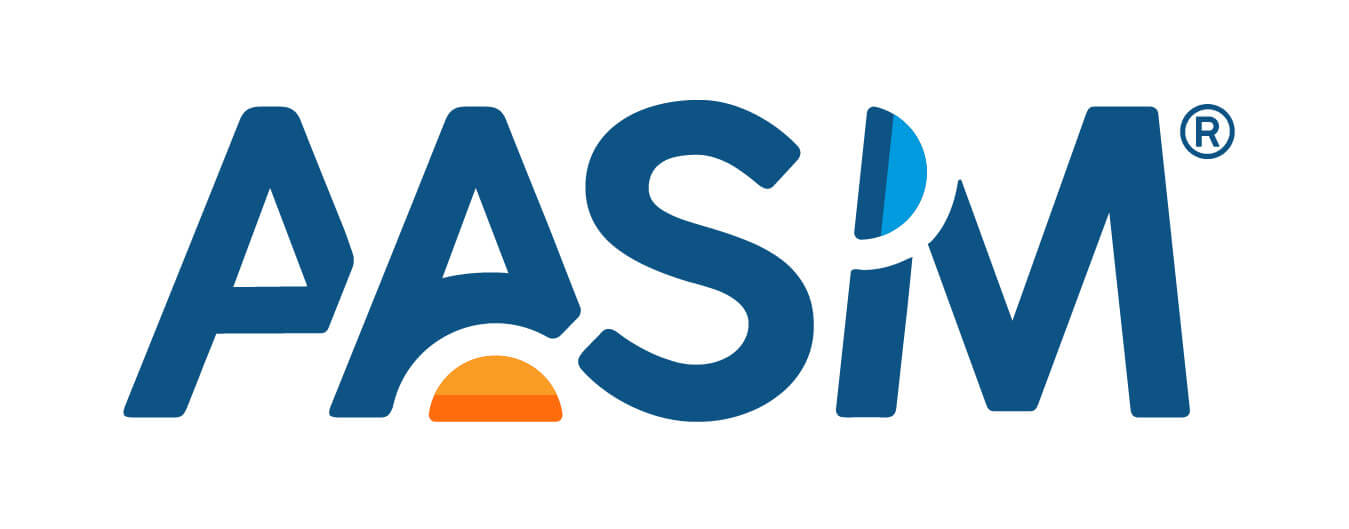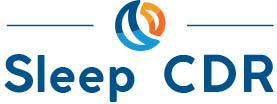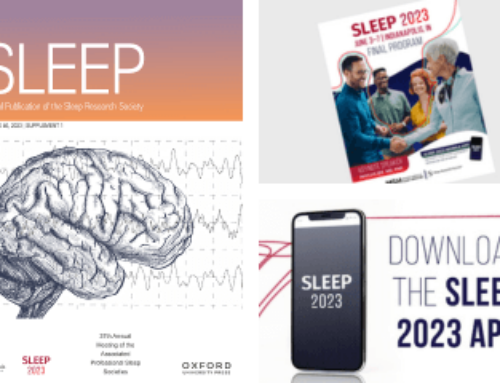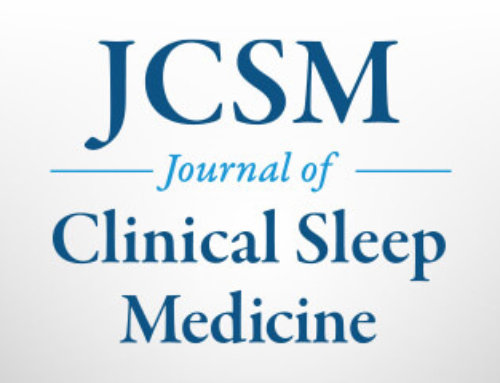Westchester, Ill. –A study in the October 15 issue of the Journal of Clinical Sleep Medicine shows that respiratory sinus arrhythmia (RSA) is a significant predictor of insomnia in women with breast cancer and confirmed that longer nocturnal wake episodes were associated with a flatter diurnal cortisol slope.
Results of this study confirmed a relationship between frequent awakenings and abnormal cortisol (a steroid hormone that regulates blood pressure), rhythms in metastatic breast cancer, thus concluding that a disrupted cortisol rhythm may have serious medical implications in women with breast cancer.
With the addition of demographics, disease severity and psychological variables, findings suggest that Vagal regulation, assessed via RSA, an important marker of parasympathetic tone, is the most consistent and significant predictor of sleep continuity disturbance. Diminished RSA has been associated with both worse medical and psychiatric health. Previous studies suggest that RSA is associated and may even be predictive for insomnia in healthy subjects.
“It was surprising to see that the strongest association was between a parasympathetic nervous system dysregulation and sleep problems even after we considered patients’ age, their disease severity, type of treatment and psychological variables such as pain and stress,” said the study’s lead author, Oxana Palesh, PhD, Research Assistant Professor at the University of Rochester Cancer Center.
Insomnia symptoms were associated with a lower baseline of RSA. Lower RSA is associated with decreased parasympathetic functioning in insomniacs, and weakened parasympathetic functioning is associated with increased stress and decreased emotional regulation.
The study included 99 women who had metastatic breast cancer or recurrent breast cancer and who were over the age of 45. Thirty-nine patients took antidepressant medications in this study, and 19 took medications specifically prescribed for treating disrupted sleep during study baseline. Participants collected saliva for cortisol measurement for two days, completed questionnaires, wore actigraphs to monitor their sleep-wake cycles for three days, and participated in the Trier Social Stress Task (TSST) approximately one-to-two weeks after the cortisol baseline collections. The TSST is a standardized social and cognitive stress test. Demographic and cancer diagnosis history was collected from the women through self-report.
Heart rate dysregulation (diminished or low respiratory sinus arryhthmia) during a stress task was associated with four objective measures of sleep disruption: sleep efficiency, wake after sleep onset, average number of awakenings and average length of waking episode.
Estimates from two nights of actigraphy indicate that participants spent about eight hours in bed and had wakefulness after sleep onset (WASO) of more than 71 minutes. They also had an average of 15 wake episodes each night with an average duration of 4.81 minutes.
While demographics explained some portion of the development of sleep disruption, four of the six sleep parameters examined (sleep efficiency, wakefulness after sleep onset, mean number of waking episodes and average length of waking episodes) were best explained by low RSA.
In healthy people, cortisol levels peak early in the morning and level-out by the end of the day. However, in one-third to two-thirds of women with metastatic breast cancer, circadian rhythms are disrupted and diurnal cortisol slopes are either flattened, have multiple peaks, or are elevated at the end of the day. In the non-cancer population, evidence shows that people with insomnia have an elevated response to stress in general. Psychiatric disorders, including major depression, are linked with hypothalamic-pituitary-adrenal axis (HPA) dysregulation. Past research has linked insomnia to activation of the stress-response system, which results in an increased level of cortisol.
Sleep disruption is two to three times more common in cancer patients than in the general population; these disturbances may exacerbate concurrent cancer and/or treatment-related symptoms such as fatigue, mood disturbance, and gastrointestinal distress, psychiatric illness and may lead to reduce quality of life and overall health.
According to Palesh, one of the best interventions for regulation of autonomic functioning is diaphragmatic breathing. Any number of stress management techniques would be effective, including biofeedback treatment, hypnosis, visualization exercises, meditation, progressive muscle relaxation and yoga.
The Journal of Clinical Sleep Medicine (JCSM) contains published papers related to the clinical practice of sleep medicine, including original manuscripts such as clinical trials, clinical reviews, clinical commentary and debate, medical economic/practice perspectives, case series and novel/interesting case reports. In addition, the JCSM publishes proceedings from conferences, workshops and symposia sponsored by the American Academy of Sleep Medicine or other organizations related to improving the practice of sleep medicine
For a copy of the study, “Vagal Regulation, Cortisol, and Sleep Disruption in Women with Metastatic Breast Cancer” or to arrange an interview with an AASM spokesperson, please contact Kelly Wagner, AASM public relations coordinator, at (708) 492-0930, ext. 9331, or kwagner@aasm.org.
AASM is a professional membership organization dedicated to the advancement of sleep medicine and sleep-related research. As the national accrediting body for sleep disorders centers and laboratories for sleep related breathing disorders, the AASM promotes the highest standards of patient care. The organization serves its members and advances the field of sleep health care by setting the clinical standards for the field of sleep medicine, advocating for recognition, diagnosis and treatment of sleep disorders, educating professionals dedicated to providing optimal sleep health care and fostering the development and application of scientific knowledge.
###








